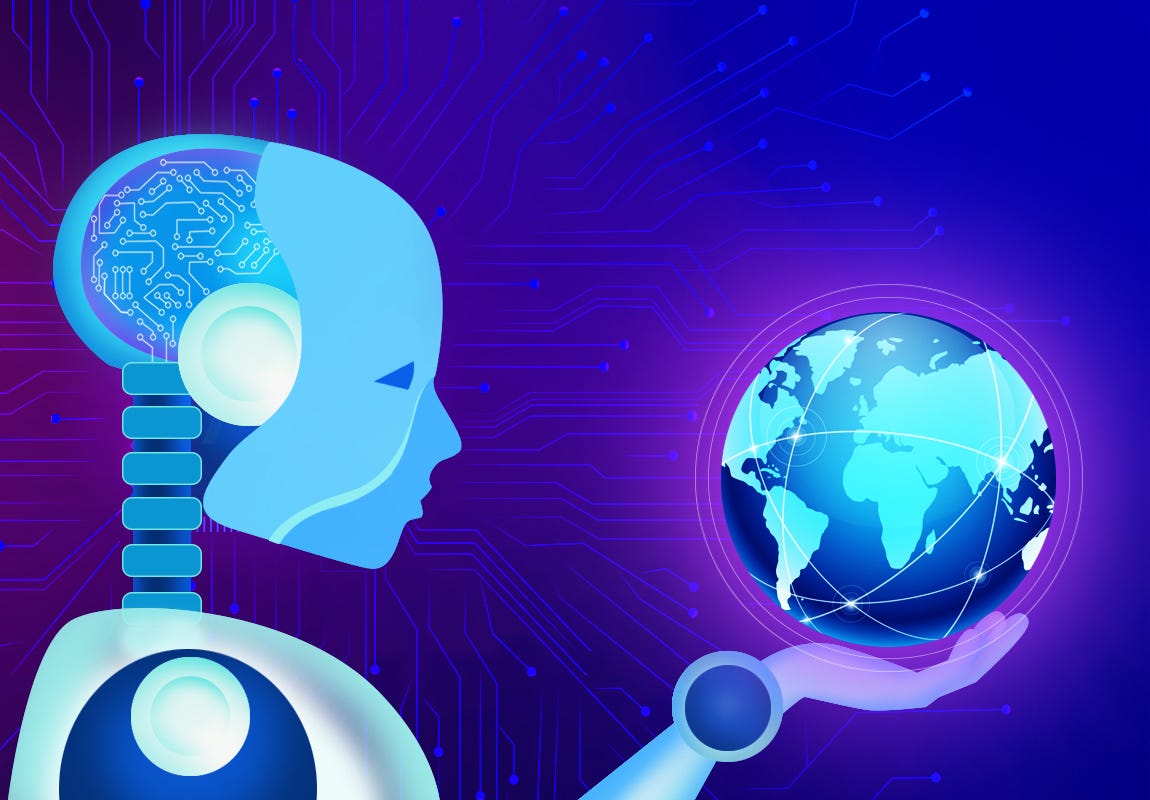With the rapid advancements in computer technology in the 1960s and 1970s, Artificial Intelligence (AI) became the hottest thing in the tech industry. The size of computer systems reduced considerably with integrated circuits replacing vacuum tubes, and they became much quicker and had greater storage capacities.
The United States government had already set its eyes on ambitious goals such as the Apollo space programme, and it invested heavily in the technology field. The Advanced Research Projects Agency (ARPA), launched in the late 1950s, was the main agency that funded various AI research projects.
In 1959, Newell, Shaw and Simon developed a new programme called ‘General Problem Solver’ which could solve mathematical problems such as ‘Tower of Hanoi.’
“Fund people, not projects” was the motto put forward by J C R Licklider, one of the leaders of ARPA. In the private sector, IBM was the main player in the field of AI. There was rising fear among the public that innovation in the field of AI may lead to significant job losses. Since IBM did not want to be associated with such a social crisis, it pulled back its AI initiative by the mid-1950s and instead started to focus on the commercialisation of personal computers.
Academia played a significant role in the research and development of AI. In 1959, Newell, Shaw and Simon developed a new programme called ‘General Problem Solver’ which could solve mathematical problems such as ‘Tower of Hanoi.’ During this time, many other programmes were developed that tried to achieve a strong level of AI. Some of them are:
• SAINT, or Symbolic Automatic Integrator (1961): This programme, which helped solve freshman calculus problems, was developed by MIT researcher James Slagle. It was later updated into other programs, called SIN and MACSYMA, which did much more advanced mathematics..
• ANALOGY (1963): This programme, created by MIT professor Thomas Evans, was capable of solving analogy programmes of IQ test.
• STUDENT (1964): This programme was created by Daniel Bobrow as part of his PhD thesis under the supervision of professor Marvin Minsky at MIT. It used Natural Language Processing (NLP) to solve algebra problems for high school students.
• ELIZA (1965): The programme, designed by MIT professor Joseph Weizenbaum, created a huge buzz even in the mainstream Press. It served as a psychoanalyst where a user could type in questions and ELIZA would provide counsel. This was also the first example of a chatbot.
• Computer Vision (1966): MIT student Gerald Jay Sussman developed this programme after his professor Marvin Minsky asked him to spend his summer by connecting a camera to the personal computer and to describe what it saw. This was the first instance of the use of computer vision.
• Mac Hack (1968): Richard D Greenblatt, a professor at MIT, created a programme that can play chess. It played in real chess tournaments and got a C-rating.
• Hearsay-I: In the late 1960s, Professor Raj Reddy developed a continuous speech recognition system.
In the early 1950s, Minsky developed a crude form of a neural net machine using hundreds of vacuum tubes and spare parts from a B24 bomber.
During these years, there was a significant increase in the number of AI research papers and books, which covered a wide range of topics, including Bayesian method, machine learning, and computer vision. Among those, theories by Minsky and Frank Rosenblatt were the most accepted ones.
According to Minsky, AI should be based on traditional computer logic or pre-programming. In the early 1950s, Minsky developed a crude form of a neural net machine using hundreds of vacuum tubes and spare parts from a B24 bomber. However, his experiments failed as the machine was nowhere near a scalable state.
Rosenblatt believed that AI should be based on neural network systems similar to our brain. He referred to neurons as perceptron. He went on to create a programme called Mark 1 Perceptron. It was a path-breaking achievement in the field of AI. However, it failed to get traction and acceptance.
Minsky and Seymour Papert co-wrote a book titled Perceptron in which they rejected Rosenblatt’s theory. Even though Rosenblatt tried to fight back, most AI researchers had come to reject the idea of neural networks.
Rosenblatt died a couple of years later. His ideas were revived in 1980s, and this paved the way for the development of deep learning which revolutionised AI.
The golden age of AI was an exciting period with a lot of advancements in the field. The academics tried to create machines that could really think like humans do. However, they fell short by a considerable margin.
The next phase of AI was not as bright as the golden age. The academics were more sceptical. Hubert Dreyfus, a philosopher, in his book titled What Computers Still Can’t Do: A Critique of Artificial Reason stated that computers are fundamentally different from the human brain and anticipated that AI would fall short of some of the unrealistic expectations.
Now put on your thinking hats and think about the following questions for a couple of minutes.
As a teacher, how do you describe the term "neural networks" to your students?Can you think of the ways in which the golden age of AI transformed the Artificial Intelligence Field?What do you think of the statement by Hubert Dreyfus that computers are fundamentally different from the human brain and that AI would fall short of some of the unrealistic expectations?
Write down your thoughts and discuss them with your students, children and your colleagues. Listen to their views and compare them with your own. As you listen to others, note how similar or different your views are to others’.
Thank you for listening. Subscribe to The Scando Review on thescandoreview.com.
Happy Teaching!














Robo-teachers? Fundamentals of AI for educators